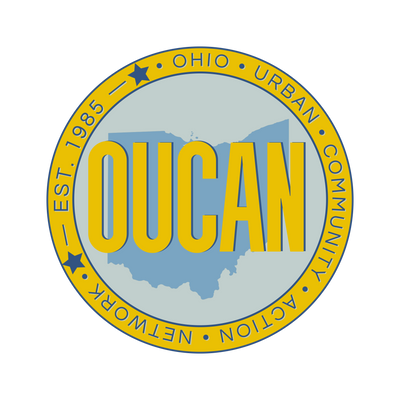
The history of poverty is not new to contemporary conversations. Regardless of the era, generations of leaders have wrestled with how to prevent or reduce the number of citizens depending on their government for basic services. Despite significant efforts, there is overwhelming empirical evidence of classism. The haves and the have nots remain separate.
Is poverty in America a policy choice or a “wicked” problem?
The War on Poverty - instituted in 1965 during the administration of Lyndon B. Johnson amid advocacy from Dr. Martin Luther King, Jr. - was one of the chief elements of the Civil Rights era. The Economic Opportunity Act of 1964 created the national Community Action Network of locally focused organizations that connect millions of children and families to greater opportunities.
While America was built on the promise that every family should have an opportunity for success and the right to thrive, 60 years later, we are still addressing the issue. I’m compelled to ask if this is a choice on our nation’s part.
According to the Ohio Association of Community Action Agencies’ 2023 State of Poverty Report, Ohio’s poverty rate increased from 12.7% in 2020 to 13.4% in 2021. That was the first increase in more than a decade. While this matches a national trend, Ohio has consistently experienced a higher poverty rate than the nation since 2015 (OACAA, 2023).
The threshold for self-sufficiency is more than being able to earn a living wage or overcoming obstacles to homeownership. Ohio has a chance to lead the nation in humanity by committing to evidence-based anti-poverty policies which have been proven to be the most effective approach.
The Ohio Urban Community Action Network (OUCAN) empowers Ohio’s urban Community Action Agencies through education, networking and advocating for policies that alleviate poverty and promote self-sufficiency. In the coming months, we will urge legislators to pass HB 39 to make the Earned Income Tax Credit (EITC) partially refundable at 10 percent. This step alone will lift as many as 748,000 Ohioans out of poverty.
OUCAN supports Issue 1 on the Nov. 5 ballot to end gerrymandering and create an open and transparent process with checks and balances, led by citizens, to draw fair and impartial voting districts. We join other statewide advocacy groups in their efforts to create better pathways and policy changes to prevent hardworking Ohioans from facing benefits cliffs.
With these simple policy shifts, we can work together to reduce the cost of poverty and the wicked problem plaguing Ohio children and families. OUCAN is committed to this fight because we know that together, we can make a difference for all Ohioans.
